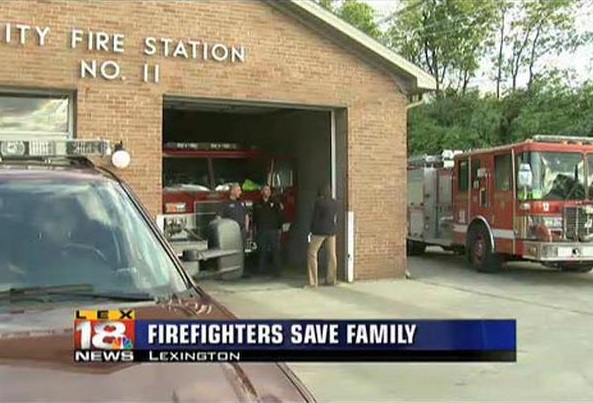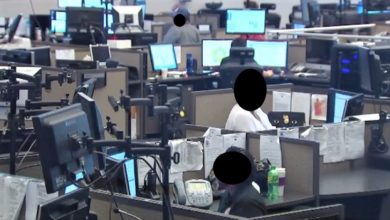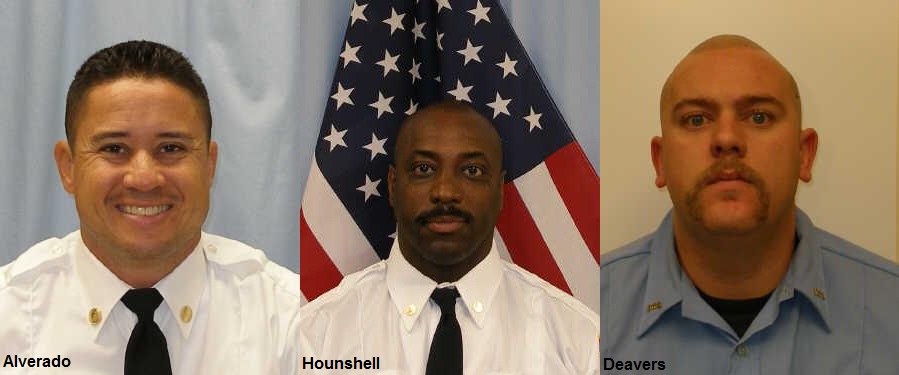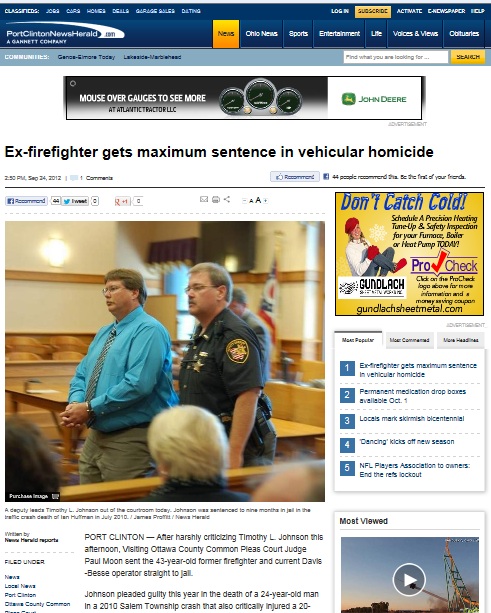What killed Carol Glover 5-years-ago could kill others today
Some of the same issues cited in the 2015 L'Enfant Plaza Metro fire have been repeated during recent rail emergencies

Looking for a quality used fire truck? Selling one? Visit our sponsor Command Fire Apparatus
You didn’t need to be a genius to predict the tragedy that occurred in DC’s Metrorail system five-years-ago today. You just needed to pay attention. Sadly, few had their eyes on the various components that brought a train full of passengers into a smokey Metro tunnel at L’Enfant Plaza and left them there until one person, Carol Glover, died and scores of her fellow passenger were hurt.
We all know it’s never any one thing. It’s almost always a series of things–actions, decisions, poor policies, longstanding neglect–that bring disaster. And each is suddenly brought into sharp focus when people are hurt and die. These many mistakes leading up to and on January 12, 2015 are well-chronicled by the National Transportation Safety Board (NTSB) report. But I’ve long contended just two basic elements were the real keys to preventing this tragedy–location and time. And while there have been many improvements since 2015, there are recent signs that should have us questioning how well Metro and some others connected to the L’Enfant Plaza incident learned these important location and time lessons.
Why location and time?
In the hours after the L’Enfant Plaza fire, I told reporter friends assigned to the story they should look for three things that occurred during previous emergencies. One is about location–sending trains filled with passengers toward danger. The other two are time related–Metro delaying calling fire and EMS and DC 911 delaying the dispatching of firefighters. With no inside information, I relied on patterns I had discovered during previous Metro incidents. In the days that followed, it became clear all three things I mentioned had occurred during the L’Enfant Plaza emergency. I strongly believe they were the keys to the safety of the passengers and had the most impact on why Carol Glover died.
The short version of what happened at L’Enfant Plaza goes like this. Metro’s Rail Operations Control Center (ROCC) ignored alarms and warnings and sent two trains filled with passengers toward activating smoke alarms inside a rail tunnel. A ROCC rail controller asked the operator of the first train, Train 302, to check for smoke near where the alarms were sounding. As Train 302 left L’Enfant Plaza they found the problem. It was an electrical fire on the tracks. There was lots of smoke. The second train, Train 510, was then allowed to pull up at the L’Enfant Plaza platform as that station filled with smoke. The passengers and train operator evacuated Train 510. This blocked the escape route for Train 302, trapping Carol Glover and the others.
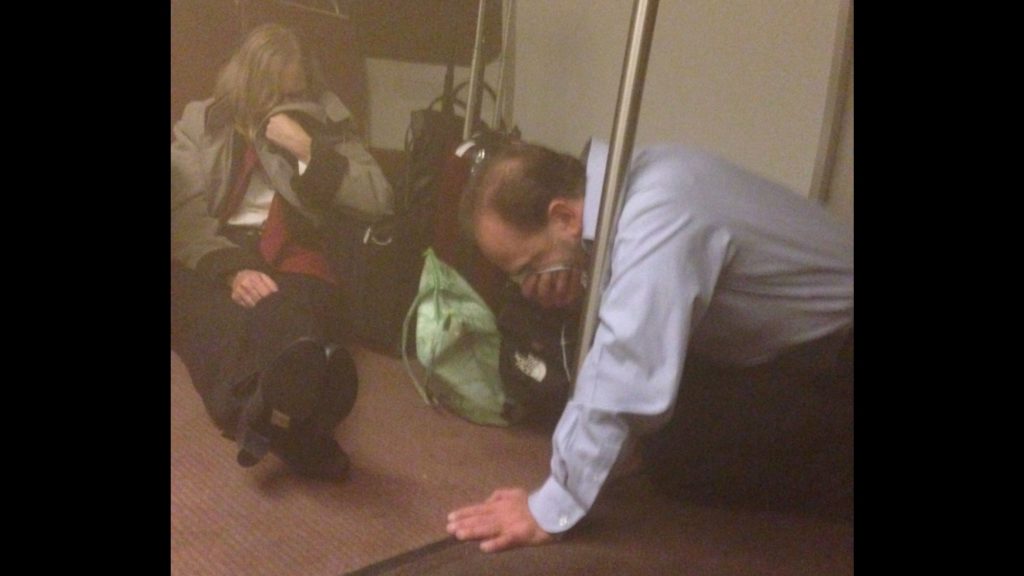
Location, location, location
When there’s fire and smoke or other hazards, it seems pretty obvious location is a key to your safety. If you’re sending people toward potential danger, and not away from it, you’re putting them in harm’s way. It’s a simple concept. It’s just not one that Metro followed. NTSB discovered in its investigation what I already knew, that ROCC controllers frequently sent trains filled with passengers to check out smoke, fire and other hazards. It happened many times, over many years. Metro almost always got away with this tactic and was able to keep the railroad running without disruption. I say almost always, because L’Enfant Plaza wasn’t the first time this practice backfired. In April of 2000, Metro trapped another train filled with passengers at a smokey rail fire. As in 2015, passengers were panicked as smoke filled the rail cars.
Somehow the 2000 incident didn’t lead to Metro banning sending passengers to check out track hazards. Even more baffling is that the 2015 incident wasn’t enough to completely stop ROCC from asking train operators to look for trouble with passengers on board. Despite a post 2015 NTSB recommendation and a new Metro standard operating procedure addressing the issue, there have been two recent incidents where passengers were sent toward potential hazards.


On December 10, STATter911 reported that after a train operator saw sparks on the track at Tenleytown, ROCC sent the next train–with passengers aboard–to investigate. That train operator confirmed a fire under the third rail. The operator then made mistakes that prevented her from quickly getting the train and its passengers to safety. It took almost 50 minutes for the train–moving at 2 mph– to make it to the previous station. While this was going on, there was a haze and smell of smoke inside the train.
https://twitter.com/Joetheo89/status/1204410379176153088?ref_src=twsrc%5Etfw%7Ctwcamp%5Etweetembed%7Ctwterm%5E1204410379176153088&ref_url=https%3A%2F%2Fstatter911.mystagingwebsite.com%2F2019%2F12%2F16%2Fmetro-sends-passengers-towards-danger-the-train-has-trouble-escaping%2F
Even after acknowledging the December 10 incident shouldn’t have occurred, Metro did something similar twenty days later. As STATter911 first reported Friday, ROCC sent a train and its passengers to check out a gas odor in a tunnel between White Flint and Twinbrook. This occurred on December 30.
In both December incidents, Metro got away with no physical harm to passengers. They also may not have specifically violated the standard operating procedure that came out of the 2015 NTSB investigation. That SOP says revenue trains should not to be sent to investigate reports of smoke and fire, but doesn’t address other hazards. Common sense and the recent incidents tell me the SOP should be tightened. There should be a clear understanding ROCC will not send passengers toward any reported hazard on the rails, be it smoke, fire, unusual sparking (some sparking is inherent in third rail systems), gas odor or anything that has the potential to harm passengers if verified. Location is key and sending passengers away from hazards and not towards them is the easiest way to keep rail customers safe.
When seconds count …
After ROCC sent Carol Glover and her fellow passengers into a smokey tunnel five-years-ago they then did something that compounded the danger. ROCC squandered something the trapped passengers didn’t have a lot of–time. ROCC wasted close to 20 minutes before calling for help. If that wasn’t bad enough, DC’s 911 center, known as the Office of Unified Communications (OUC), let another six-minutes go by before dispatching firefighters to L’Enfant Plaza.
Sadly, five-years later, Metro and OUC still haven’t made time a priority. Confusion and delay between the two centers continue to result in long dispatch times during rail emergencies. Here’s a list of the delayed alarms STATter911 has documented in just the last three months:
- October 7: It took about 17-minutes before DC Fire & EMS received accurate notification about the collision of two trains at the Farragut West Station.
- October 14: It took about 15-minutes before DC Fire & EMS was correctly dispatched after a man fell onto the tracks at the Waterfront Station.
- November 2: It took about 11-minutes before DC Fire & EMS was dispatched to a small fire on the platform at the Gallery Place Station.
- December 10: It took about 14-minutes before DC Fire & EMS was dispatched to a reported fire on the tracks between Woodley Park and Dupont Circle. This was the second of three reported fires on December 10. During the first incident, at Tenleytown, it took about seven-minutes for firefighters to be dispatched. The third incident, at Van Ness, took about nine-minutes.
- December 16: It took about 11-minutes before DC Fire & EMS was dispatched to a report of arcing transformers at the Friendship Heights Station.
- December 30: Montgomery County Fire & Rescue Service was never notified about the reported odor of gas in a tunnel between White Flint and Twinbrook stations. A police officer investigated the odor for about 27-minutes.
- January 3: It took about 8-minutes before DC Fire & EMS was dispatched to a report of arcing transformers between Friendship Heights and Bethesda. Montgomery County’s 911 center was also alerted to this incident but were cancelled at the 14-minute mark, before their units were dispatched.
- January 4: It took almost 30-minutes before Prince George’s County firefighters were alerted to a fire alarm at a Metro bus garage. A Metro Transit Police Department (MTPD) officer spent 25-minutes investigating the alarm before finding smoke in the building. Only then was PGFD alerted to the alarm.
To its credit, Metro confirmed on December 20, that in reaction to the series of delays STATter911 has chronicled it’s looking at the fire department notification process at ROCC and plans to make changes soon. In addition, separate from ROCC, MTPD confirms it’s also addressing the fire department notification process with its dispatchers after the December 30 and January 4 incidents.
We’ve all heard that every second counts in an emergency. Imagine if 26 minutes hadn’t been lost at L’Enfant Plaza. Could Carol Glover have survived? Could there have been fewer injuries to other passengers?
Metro and DC’s 911 center must figure out the time issue. They need to stop wasting minutes when seconds count.
It’s not all bad
There have also been very positive steps in the aftermath of L’Enfant Plaza that shouldn’t be ignored. The Council of Governments Fire Chief’s Committee, then headed by Chief Marc Bashoor and Chief Robert Dubé, were able to convince Metro general manager Paul Wiedefeld to fund a fire liaison at ROCC. It may not have hurt their case that Wiedefeld comes from a firefighting family. His father and brother were Baltimore firefighters. Because of this action, you can regularly hear the fire liaison communicating with incident commanders during rail emergencies, big and small. One of the keys for improving dispatch times may be getting the fire liaison more involved in the decision process for alerting area fire departments to rail emergencies.
There are also signs that Metro’s doctrine under Wiedefeld–“safety trumps service”–has had an impact. While frequent rail shutdowns have been frustrating for passengers, there has been less of a tendency to keep the trains running at the cost of safety. Despite all my criticisms about safety issues, I sympathize with the balancing act Metro’s leadership must deal with every day.
Another important development has been the establishment of Metro’s safety watchdog, the Washington Metrorail Safety Commission (WMSC). Read WMSC’s report about the December 10 incident at Tenleytown and you’ll see the commission means business. The report made many comparisons between that incident and the 2015 fire. In particular, WMSC focused on dysfunction and chaos at ROCC during the emergencies. For now, WMSC has a representative stationed inside ROCC as an initial step toward improvements.

The biggest frustration
My biggest frustration over the L’Enfant Plaza incident then and now may not be with Metro. It’s probably with the political leaders and news media who should be holding Metro and OUC accountable. I asked in 2015, “When will someone finally address what killed Carol Glover?”
On the crucial issues of location and time, the politicians and reporters have been mostly AWOL. The exceptions five year’s ago were WTTG-TV/FOX5’s Paul Wagner and AP’s Ben Nuckols who tried to shed light on delayed alarms. But, for the most part, the fire department notification delays and Metro putting passengers in harm’s way didn’t make headlines. They also weren’t priorities in the meetings and hearings held by Metro, the DC government and Congress. In the aftermath of L’Enfant Plaza, everyone seemed concerned with fire department radio problems, firefighters not following procedures and third rail electrical malfunctions. They’re all important issues, but not the ones that killed Carol Glover.
After the STATter911 recent report on the December 10 track fire, it was encouraging to see some news organizations pick up the story. But there are still no reports looking at the big picture. Why are there persistent delays getting firefighters to rail emergencies? Why is Metro still sending passengers toward potential danger? And why aren’t political leaders raising hell? You’d think today, the fifth anniversary of Carol Glover’s death, would be am opportune moment for transit reporters and others to answer these questions and assess Metro’s progress on improving rail safety. A Google search shows I’m apparently the only one writing about this today. (Update: WTOP’s Max Smith was on the radio today talking about the anniversary of the L’Enfant Plaza fire.)
Even though there were 17-minutes of confusion before DC Fire & EMS was accurately dispatched to the October 7 train collision at Farragut West, it didn’t merit a mention during a Capitol Hill Metro safety hearing. And don’t get me started on DC Council and local reporters failing to take a deep dive into the city’s extremely dysfunctional 911 center.
My own reporting about Metro and OUC began at the end of 2019. Prior to that, I used STATter911 to share and comment on the work of other reporters. My tactics changed because I couldn’t convince anyone these were newsworthy stories. Few seem to understand how the dysfunction at ROCC and OUC can impact our health and safety. I’d love to see news organizations with a lot more talent and resources than I have tackle these stories. And I’d be overjoyed to find political leaders who understand that location and time issues must be priorities if they want to keep constituents safe.
Overall, there’s blindness to a very clear pattern. Riders should be extremely concerned Metro may still send them into danger and that help may not come right away. The lack of outrage baffles me. Accepting this as status quo worries me that Carol Glover may not be the last victim of Metro ignoring the lessons of location and time.

